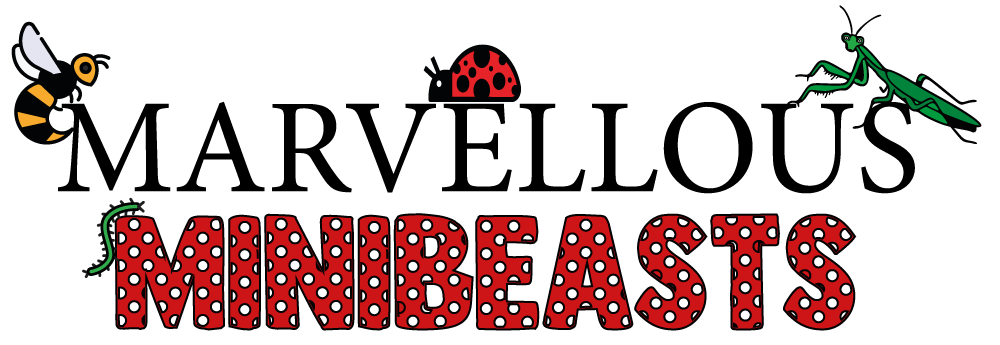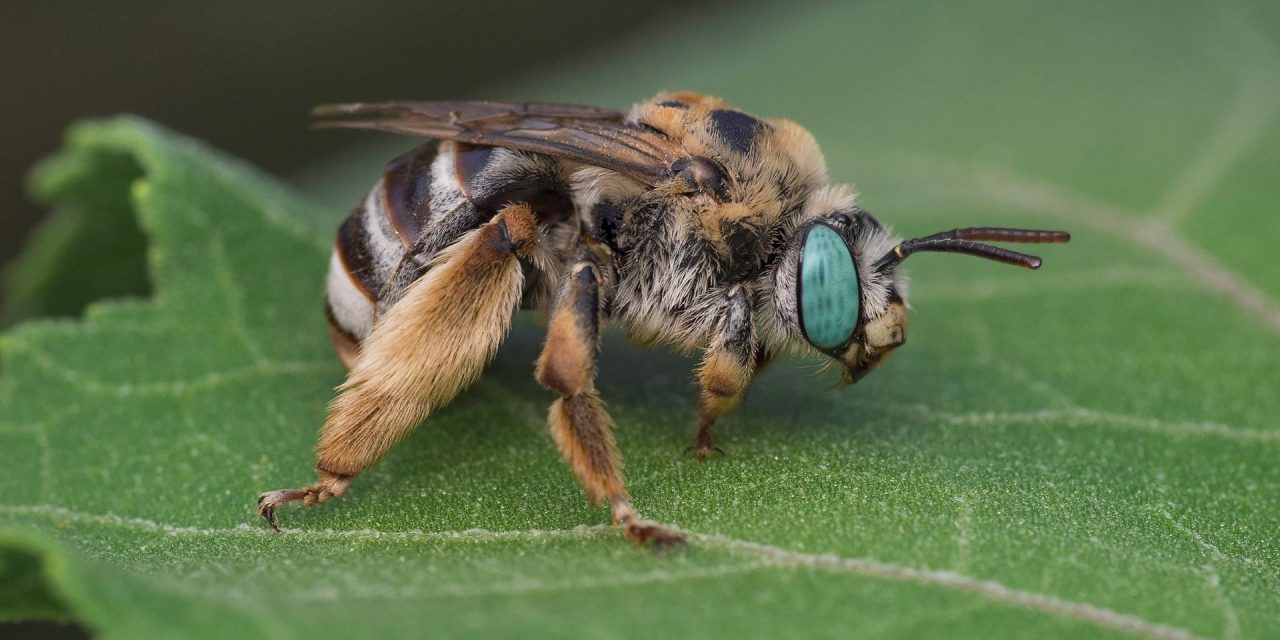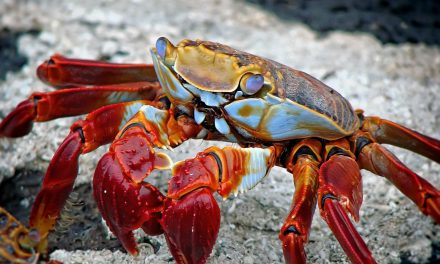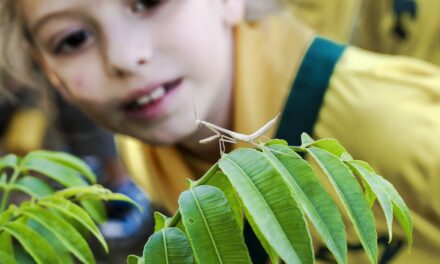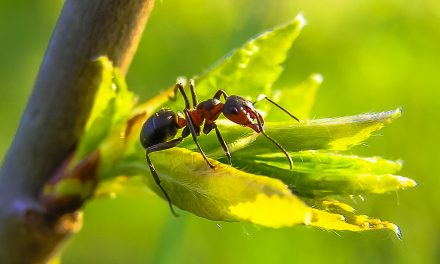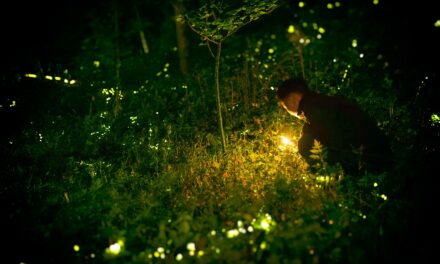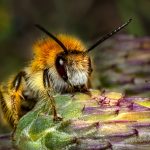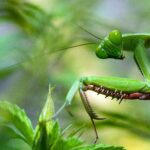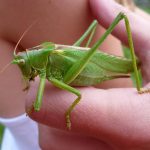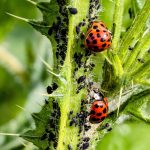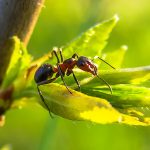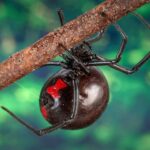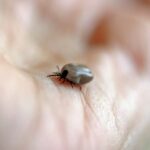Just because insects often have pretty small brains, it doesn’t always mean that they are totally useless. Some insects are actually known to be really intelligent, and the things that they are able to do might even surprise you. When we look at the behaviour of an insect, we can begin to learn a lot about it, and what its overall purpose is. While there are some insects that seem really boring and stupid, there are others that are fascinatingly intelligent, and we are going to tell you all about the latter in this article.
Through our research, we have been able to find out lots of information about some of the smartest insects in the world, and we are going to share this information with you here. If you are interested in reading all about the smartest insects in the world, then you have come to the right place. Just keep reading to find out more.
What Are the Smartest Insects?
There are lots of insects in the world that are actually pretty clever with all things considered, and some of the things that they are able to do are truly fascinating. Some of the smartest insects are honey bees and farmer ants. We are going to give you all the information that you could possibly need on these insects and what they do, so you can learn all about them.
Honey Bees
Perhaps the smartest of all the insects is the honey bee, which is a social insect that is controlled by the queen bee. Their behaviour is really interesting, and they do lots of different things that display their intelligence and makes them stand out as one of the smartest insects. Interestingly, honey bees can be found on every continent except Antarctica, and they live on nectar and pollen.
Pollination
If we didn’t have bees, then pollination would be very difficult and would take a lot of time, and roughly one-third of the human food supply relies on insect pollination. Bees have long tongues that allow them to drink the nectar from within flowers, and they are social insects that live in colonies. The population of the hive will be made up of one queen, a few hundred male bees, and thousands of female worker bees.
Male Vs Female Bees
The job of a bee will depend on whether it is male or female, as male bees, also referred to as drones, will not actually do any of the work. They only make up around 10% of the bee colony population, and they spend most of their lives eating honey or mating. The male bees will compete with each other for the honour of inseminating the queen when she is ready. They will fly around after her and attempt to mate with her while in flight. If they are successful in doing so, they will fall to the ground dead. The queen will mate with around twenty drones and store their spermatozoa for the rest of her life. This is as far as the duties go for male bees.
When it comes to the real work, it is all left to the female worker bees. They make up the majority of the hive’s population, and they will work together to keep everything running smoothly. They are responsible for things like construction, maintenance, and proliferation of the nest and colony.
Something that you might not have already known is that the sex of a bee is actually determined by the queen, who will lay around 1500 eggs a day for between two and five years. She is able to decide which of the eggs will be male, and which will be female.
It will take a total of 21 days for a worker bee to grow out of the larval stage and leave the cell, but once she does, she will begin to clean the cell that she hatched from. This process is completed so the cells will be ready for the next round of eggs that are produced by the queen.
Adult Worker Bees
When the bees become adult worker bees, the most important work begins. This work is the most dangerous, which is why it is not suitable for younger bees. Older bees are closer to death, and this is why they are doing the most dangerous job. If too many young bees died, then the hive would not be able to sustain itself.
As the worker gets closer to her fourth week of non-stop work, she will know that she is going to die soon, and she will remove herself from the hive so that she doesn’t become a burden. If she were to die in the hive, the other bees would have to remove her body, which is why she will leave before this happens. Essentially, she will work from the day she is born until the day she dies.
Honey Bee Navigation
Honey bees will stick together, even when they are travelling large distances, and they actually use the position of the sun to help them to figure out where they are and how to get back to the hive again. There is also evidence that they are sensitive to the Earth’s magnetic field in addition to this, and their eyes are sensitive to polarized light that allows them to see the sun even in poor weather.
The honey bee also has two compound eyes on either side of its head and three ocelli on top of its head. The ocelli can detect the transition from darkness to light, which is how it knows when it needs to do certain things. If the horizon moves up, the bee flies down to rotate its wings in order to compensate. This allows the bee to make sure that it is flying along a flat plain to be able to achieve a greater distance during a shorter amount of time.
Farmer Ants
The majority of ant species will live in eusocial colonies that are capable of really complex methods of communication. They are one of the smartest insects on Earth, and they are pretty much agricultural experts. Interestingly, ants figured out the concept of farming much earlier than we humans did.
Colony Hierarchy
The queen’s main role is to lay eggs, and she will look after her first brood until they are mature. However, after the first lot, she will make the worker ants take care of all the hard work of nurturing.
There are other members of the colony that are the foragers that will travel and bring back cut up leaves. However, when they are doing this, they are given protection by bigger ants that work to keep them and the nest safe.
There are also the farmer ants that will care for the fungus that is created in the nest, which they will also harvest and distribute among the colony when it is time for them to eat. There are also other ants that will collect and dispose of the waste that is left behind.
Ants and Aphids
Ants will eat the sugary excrement that aphids will leave behind once they have fed on plants, and this substance is well known as honeydew. Aphids live in colonies like ants do, which is why herder ants will reside somewhere nearby an aphid colony, as this will allow them to be near a source of honeydew.
Interestingly, ants will emit a certain chemical from their feet, and this chemical will work to mark their trails and territory. There is actually research to suggest that the aphids are drawn to this chemical, and it puts them in a sort of trance that allows the ants to have control over them. Some herder ants will even go as far as to bite the wings off of aphids so that they will be unable to fly away. However, there are some nicer herder ants that only depend on the aphids for food and will even protect them from other predators, like ladybugs. In these cases, the aphids will rely on the ants for their survival.
Sometimes, the ants will carry the aphids into their nests at night and during the winter to keep them safe. In return for this, they will stroke the aphids with their antennae, which coaxes them to secrete their honeydew, which the ant will recover.
Leaf-Cutter Farmer Ants
Leafcutter ants will use their mandibles to cut the leaves off of trees, and they are even able to strip a tree of bark over several hours, which is super impressive. Once they harvest the leaves, they will carry what they have gathered back to their mound where they will chew on the leaves. When the saliva of the ants is mixed with the leaves, it results in the ideal habitat for a certain fungus type, which will then be stored in special chambers in the ants’ mound and is what the leafcutter ants will eat.
